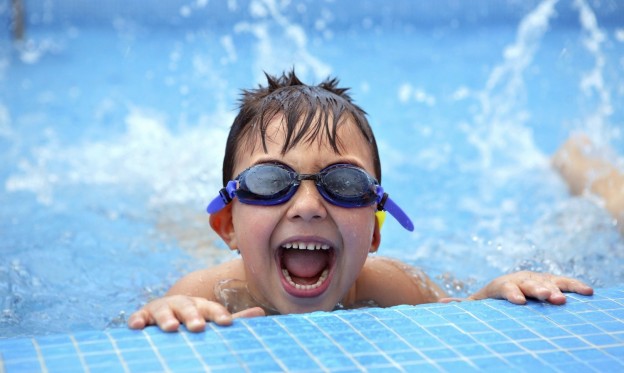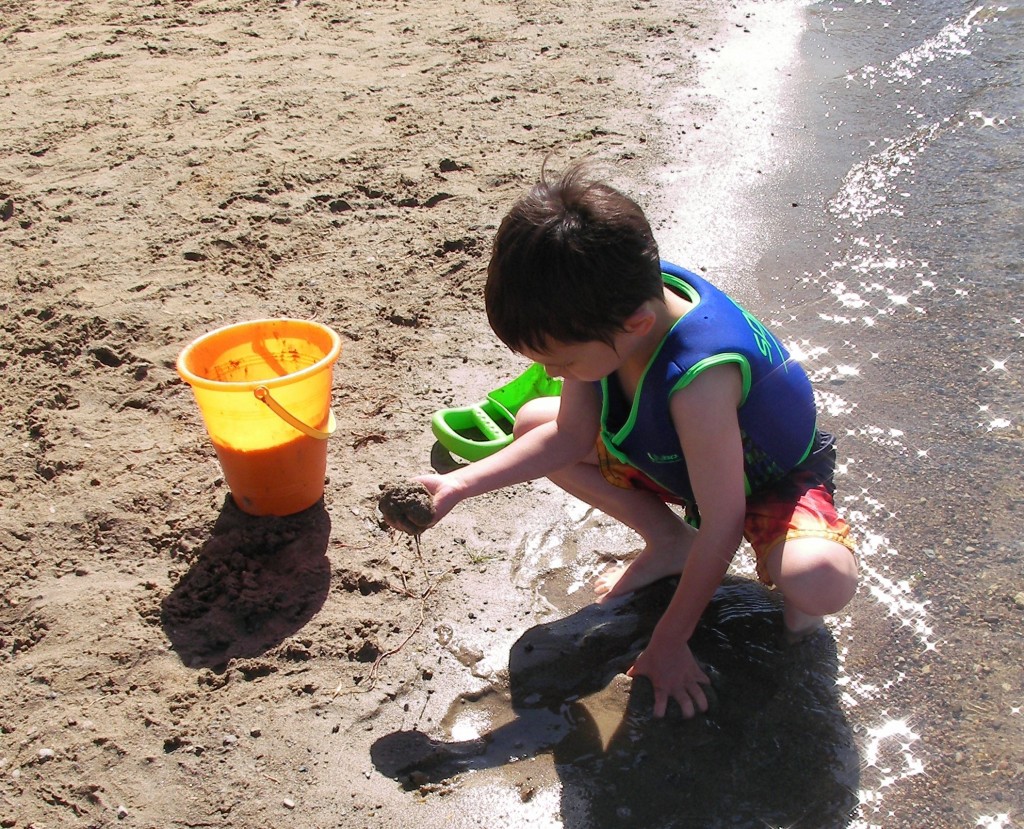
Resources  Some water parks now require a life vest on all children under age 4, and most boat rental outfits require life vests on all children in the boat. Life vests do not always prevent drowning, but they do help keep the child more visible in the water and can buy precious seconds for rescue.
Adaptive life vests can provide additional head and neck support support for individuals with low muscle tone. In my family we decided to buy life vests for our children to use in any open body of water. Eventually it became habit that they put on the life vests every time we head to the beach. Here is Ellen Seidman’s review of the best swim gear for children with special needs
Some water parks now require a life vest on all children under age 4, and most boat rental outfits require life vests on all children in the boat. Life vests do not always prevent drowning, but they do help keep the child more visible in the water and can buy precious seconds for rescue.
Adaptive life vests can provide additional head and neck support support for individuals with low muscle tone. In my family we decided to buy life vests for our children to use in any open body of water. Eventually it became habit that they put on the life vests every time we head to the beach. Here is Ellen Seidman’s review of the best swim gear for children with special needs
5 Water Safety Resources For Children With Special Needs
Water safety is a year-round concern for families of children with special needs. Organizations that promote water safety, such as the American Red Cross and the National Safety Council, cite a parent or caregiver’s undivided attention as the single most important safety tool near water. But even with direct supervision, children with special needs can still find themselves in danger of drowning. Children with seizure disorders or autism are at especially high risk of accidental drowning. How is it possible to develop a water safety plan when a child has difficulty learning? In my own family, we have spent years teaching swimming and water safety skills, but we still have to take precautions whenever we are near water. With an appropriate safety plan, we are able to enjoy our family time at the beach or pool. Here are five resources for teaching water safety to your child with special needs.1. Reduce fear
Children are naturally attracted to water, but at the same time, they may be frightened of it. The sensation of touching water may induce panic immediately, or the panic may start after an initially pleasurable feeling of immersion. A few years ago, I found myself in a lake’s deep water with both of my children, weighing a combined 120 pounds, clinging to me. Even with years of swimming lessons, both children became nervous in deep water. Fortunately we had a water mat and were close to shore. I knew that I had to go back to square one and work through the fear step-by-step again.2. Life vest
 Some water parks now require a life vest on all children under age 4, and most boat rental outfits require life vests on all children in the boat. Life vests do not always prevent drowning, but they do help keep the child more visible in the water and can buy precious seconds for rescue.
Adaptive life vests can provide additional head and neck support support for individuals with low muscle tone. In my family we decided to buy life vests for our children to use in any open body of water. Eventually it became habit that they put on the life vests every time we head to the beach. Here is Ellen Seidman’s review of the best swim gear for children with special needs
Some water parks now require a life vest on all children under age 4, and most boat rental outfits require life vests on all children in the boat. Life vests do not always prevent drowning, but they do help keep the child more visible in the water and can buy precious seconds for rescue.
Adaptive life vests can provide additional head and neck support support for individuals with low muscle tone. In my family we decided to buy life vests for our children to use in any open body of water. Eventually it became habit that they put on the life vests every time we head to the beach. Here is Ellen Seidman’s review of the best swim gear for children with special needs



